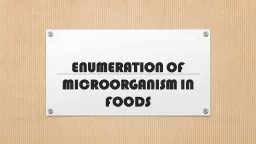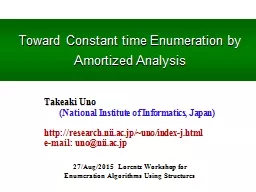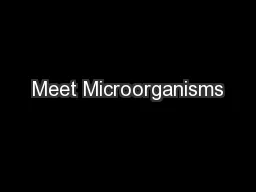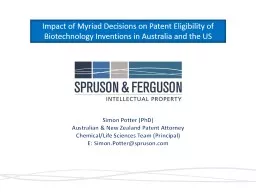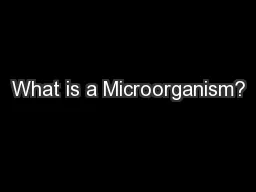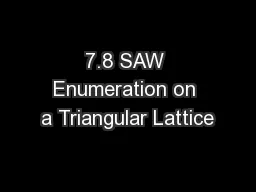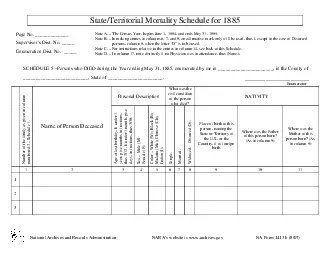PPT-ENUMERATION OF MICROORGANISM IN
Author : danika-pritchard | Published Date : 2018-11-02
FOODS SAMPLING Sampling Plans Decisions have to be made prior the counting as to how many sample of the product should be examined what size sample should be taken
Presentation Embed Code
Download Presentation
Download Presentation The PPT/PDF document "ENUMERATION OF MICROORGANISM IN" is the property of its rightful owner. Permission is granted to download and print the materials on this website for personal, non-commercial use only, and to display it on your personal computer provided you do not modify the materials and that you retain all copyright notices contained in the materials. By downloading content from our website, you accept the terms of this agreement.
ENUMERATION OF MICROORGANISM IN: Transcript
Download Rules Of Document
"ENUMERATION OF MICROORGANISM IN"The content belongs to its owner. You may download and print it for personal use, without modification, and keep all copyright notices. By downloading, you agree to these terms.
Related Documents

